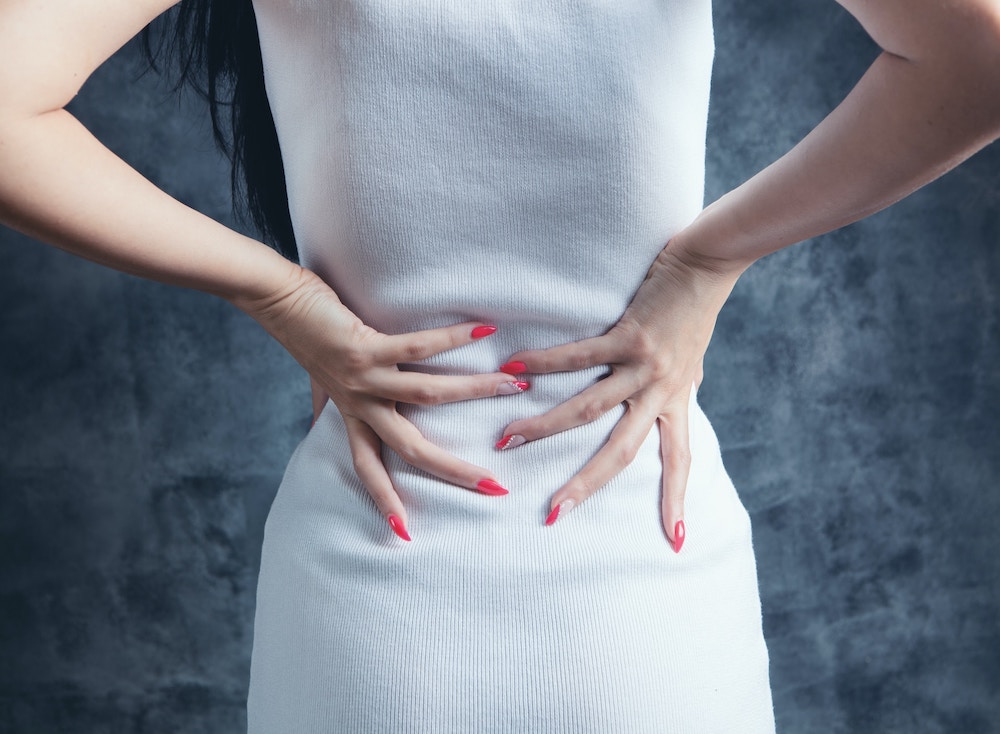Coxarthrosis: Symptoms, Causes, Treatments and Prevention
Coxarthrosis, commonly known as hip osteoarthritis, is a degenerative joint disease that affects the hip region. It is one of the most common forms of osteoarthritis and can cause significant problems in the daily functioning and quality of life of those affected. In this article, we’ll explore the symptoms, causes, treatments, and preventative measures for dealing with osteoarthritis.
Symptoms of coxarthrosis:
Symptoms of osteoarthritis can range from mild to severe, but usually develop slowly over time. The most common symptoms include:
Ache: Hip pain is one of the most obvious and annoying symptoms of coxarthrosis. Initially, pain may occur only during physical activity and be relieved at rest, but as the disease progresses, pain may also occur at rest.
Rigidity: People with osteoarthritis may experience hip stiffness after rest or prolonged immobility. This stiffness can limit movement and cause difficulty performing some daily activities.
Limitation of movements: Coxarthrosis can lead to decreased range of motion in the hip. People may have difficulty bending, extending or rotating the hip as before.
Crunches or crackles: The hip joint may make crunching or grinding noises during movement due to the deterioration of the cartilage.
Muscle weakness: Progressive deterioration of the hip can lead to weakness of the muscles surrounding the hip joint.
Gait impairment: People with osteoarthritis may develop a different way of walking than normal, often with a limp or limp.
Causes of Coxarthrosis:
Coxarthrosis is the result of deterioration of the articular cartilage that lines the hip joint. This process can be caused by several factors, including:
Aging: Aging is one of the main risk factors for the development of coxarthrosis. As we age, cartilage tends to weaken and lose its ability to protect the joint.
Trauma or injury: Hip fractures or other injuries involving the joint can increase your risk of developing osteoarthritis in the future.
Obesity: Excess weight can put more pressure on the hip joint, contributing to cartilage wear.
Strenuous or repetitive physical activity: High-impact physical activities or repetitive movements can contribute to cartilage degeneration.
Congenital malformations or hip dysplasia: Structural abnormalities of the hip present since birth can increase the risk of osteoarthritis over time.
Inflammatory diseases of the joint: Conditions such as rheumatoid arthritis can contribute to the progression of osteoarthritis.
Treatments for Coxarthrosis:
Although osteoarthritis is a degenerative condition that cannot be fully reversed, there are several treatment options available to relieve symptoms and improve quality of life:
Drugs: Pain relievers and anti-inflammatories may be prescribed to reduce the pain and inflammation associated with osteoarthritis.
Physiotherapy: Strengthening and stretching exercises can help maintain hip mobility and improve surrounding muscle strength.
Intra-articular injections: In some cases, your doctor may give corticosteroid injections into the joint to reduce pain and inflammation.
Assistance with devices: Using walkers or canes can help reduce weight on the hip joint and provide more stability when walking.
Surgery: In severe cases where the pain and limitation of movement are extremely disabling, your doctor may suggest surgery, such as hip replacement.
Prevention of Coxarthrosis:
While osteoarthritis may be unavoidable in some cases, there are some preventative measures that can help reduce your risk:
Stay active: Regular exercise, especially low-impact activities like swimming, can help maintain joint health.
Weight control: Maintaining a healthy body weight can reduce the pressure on your joints, including that of the hip.
Avoid Injury: Take precautions during physical activities or sports to reduce the risk of hip injury.
Correct posture: Maintaining good posture while sitting and walking can help protect the hip joint.
Consuming Adequate Nutrients: A balanced diet that includes foods rich in calcium and vitamin D can help maintain healthy bones and joints.
Coxarthrosis is a degenerative condition of the hip that can cause pain, stiffness, and limited movement. While it can’t be completely cured, treatments and preventative measures can help manage symptoms and improve quality of life. If you suspect you have coxarthrosis or experience similar symptoms, it is essential to see a doctor for a diagnosis and an appropriate treatment plan.
